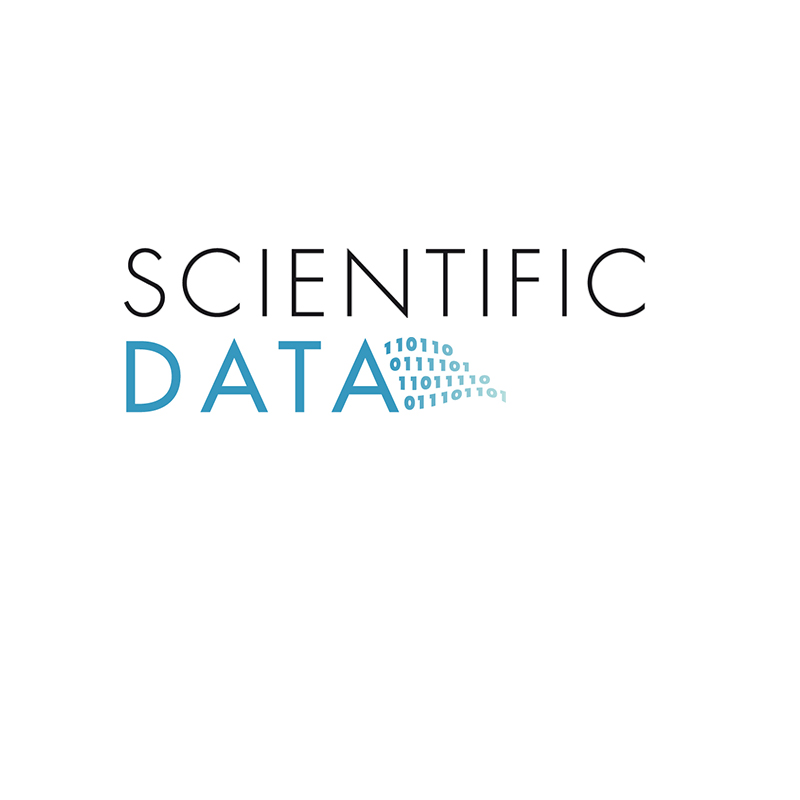Pernet, C.R., Appelhoff, S., Gorgolewski, K.J., Delorme, A., et al. (2019) EEG-BIDS, an extension to the brain imaging data structure for electroencephalography. Sci Data 6, 103. https://doi.org/10.1038/s41597-019-0104-8
The Brain Imaging Data Structure (BIDS) project is a rapidly evolving effort in the human brain imaging research community to create standards allowing researchers to readily organize and share study data within and between laboratories. Here we present an extension to BIDS for electroencephalography (EEG) data, EEG-BIDS, along with tools and references to a series of public EEG datasets organized using this new standard.
EEG was first applied in humans nearly a century ago1. It records the electric potential fluctuations at the scalp, primarily from locally synchronous post-synaptic activity in the apical dendrites of pyramidal cells in the cortex. Widely used in both clinical and non-clinical settings, EEG is becoming increasingly important in cognitive neuroscience, with statistics from scientific reports showing that interest in EEG has been growing faster since the early 2000s. This can be attributed to interest in brain–computer interfaces and more sophisticated dynamics measures along with more accurate biophysical models for reconstructing sources. EEG is more versatile than other imaging modalities because (i) it is lightweight and requires relatively low-cost equipment, (ii) it can be used in many different environments (e.g., while sitting in a lab chair, driving, walking, playing a video game, sleeping, interacting with others in social situations, etc.), (iii) it can be used either alone or in conjunction with other imaging modalities, (iv) its task design constraints are less restrictive than metabolic (PET) or hemodynamic (fMRI) imaging methods, and (v) it captures neural activity with millisecond precision, making it possible to record cortical dynamics at the speed of perception, thought and action. Because of this versatility, the field of applications for EEG is broad. In turn, the commercial market for EEG systems is much larger than that of other imaging techniques (e.g., PET, MRI, MEG), resulting in a multitude of equipment manufacturers (more than 10 major manufacturers in neuroscience) building different hardware systems, usually with their own software and proprietary data formats. Manufacturers have little financial incentive to cooperate and provide compatible formats. This resulting diversity of formats is an impediment to reusing data as well as to building large-scale EEG databases.
The Brain Imaging Data Structure, originally proposed for magnetic resonance imaging data (MRI), is a human brain research community standard used for organizing and sharing brain imaging study data within and between laboratories for many (ultimately all) imaging modalities2. BIDS primarily addresses the heterogeneity of data organization by following the FAIR principles3 of findability, accessibility, interoperability, and reusability. BIDS addresses findability and reusability by providing rich metadata in dedicated sidecar files and interoperability by using existing standard data formats. Accessibility is not directly addressed by BIDS, but by repositories that build on BIDS, such as OpenNeuro (https://openneuro.org). By stipulating how to structure data using naming conventions and dedicated metadata files to store dictionaries (.json) and data (.tsv), BIDS fosters interoperability and reuse of acquired datasets. Because BIDS data are structured, BIDS also addresses issues of reproducibility by allowing the creation of fully automated data analysis workflows.
Here we report on the extension of BIDS to EEG data. EEG-BIDS builds upon the MEG-BIDS extension4 and is presented concurrently with the iEEG-BIDS extension covering human intracranial electrophysiology5. In this document we only highlight the main features of EEG-BIDS. The full documentation of the EEG-BIDS extension can be found via the link to the specification on the general BIDS website.
